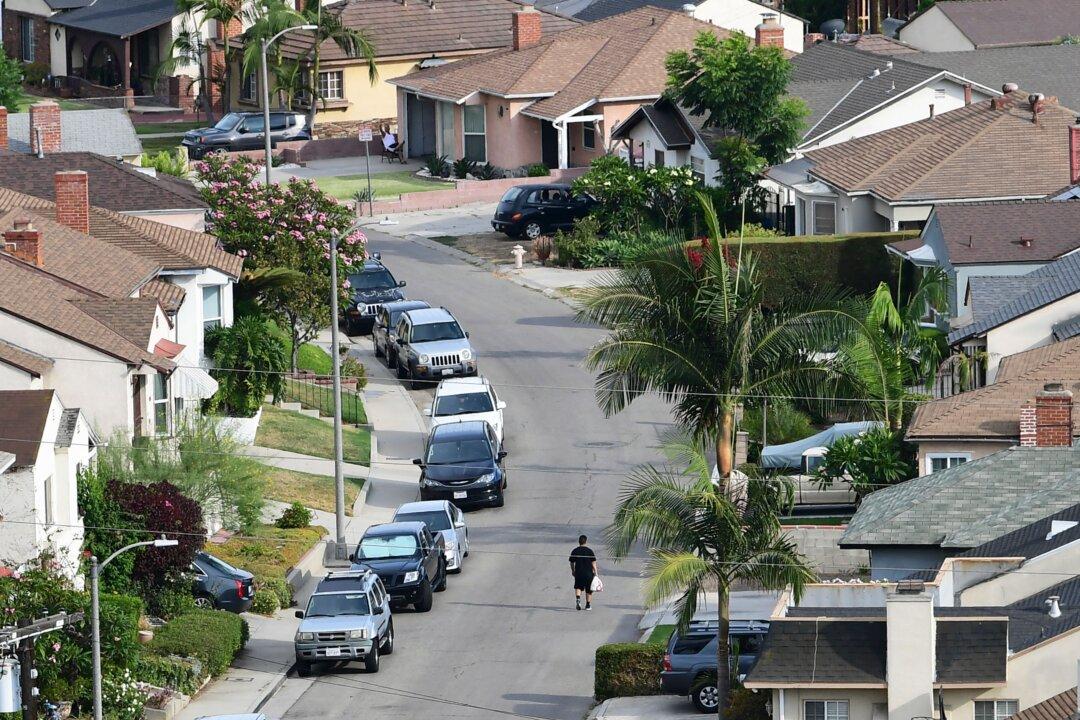The U.S. housing market is currently facing a long-term impact from higher mortgage rates over the past year, which put an end to the pandemic-era real estate boom.
A July 20 report by Moody’s Analytics said that property values in the United States will possibly face a 2.4 percent decline in 2024, as mortgage rates continue to weaken the housing market.





